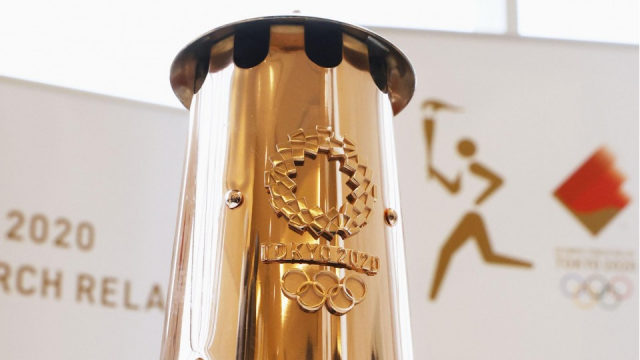Japan’s greenhouse gas emissions fell 3.9 percent in fiscal 2018 from the previous year, thanks in part to an increased reliance on nuclear energy, the Environment Ministry said Tuesday.
The equivalent of 1.24 billion tons of carbon dioxide was emitted in the year ended March 2019, a fifth annual decline and representing a low among comparable data going back to fiscal 1990. However, Japan remains far from achieving its commitment under the Paris Agreement on climate change.
Emissions fell 12 percent compared with fiscal 2013, against its pledge for a 26 percent reduction by fiscal 2030, a target that Japan has itself said is not ambitious enough.
“We can’t be overly optimistic that the target can be reached, and we’ll be working with the private sector to further cut emissions,” a ministry official said.
While many of Japan’s nuclear reactors were taken offline in the wake of the 2011 Fukushima crisis, output from the nine active units doubled from the previous year, reducing the need for coal and other methods of power generation that produce more emissions.
An increase in renewable energy such as solar and wind power also contributed, as did low demand for household heating due to a relatively warm winter.
Meanwhile, Japan’s emissions of hydrofluorocarbons — used as a refrigerant in air conditioning units as a substitute for ozone-destroying chlorofluorocarbons, but which still have a strong global warming effect — continued to increase.
Hydrofluorocarbon emissions rose 4.7 percent from the previous year, with the government this month placing stricter regulations on the disposal of such gases.
Related coverage:
Climate change sending Hakuba’s snowfall fortunes downhill
Greta Thunberg to continue climate activism, keen to visit Japan in 2020
Global warming brings Pinot Noir cultivation to Japan’s north



